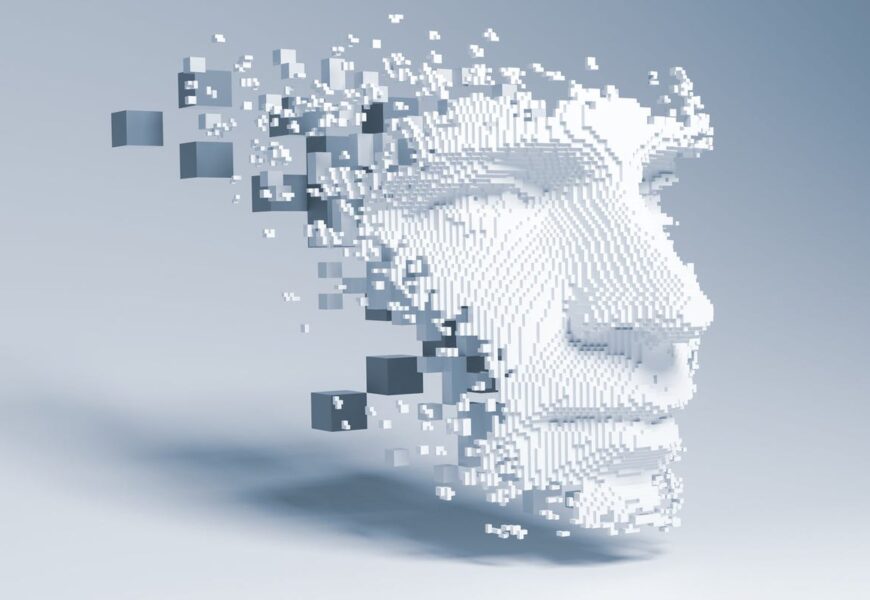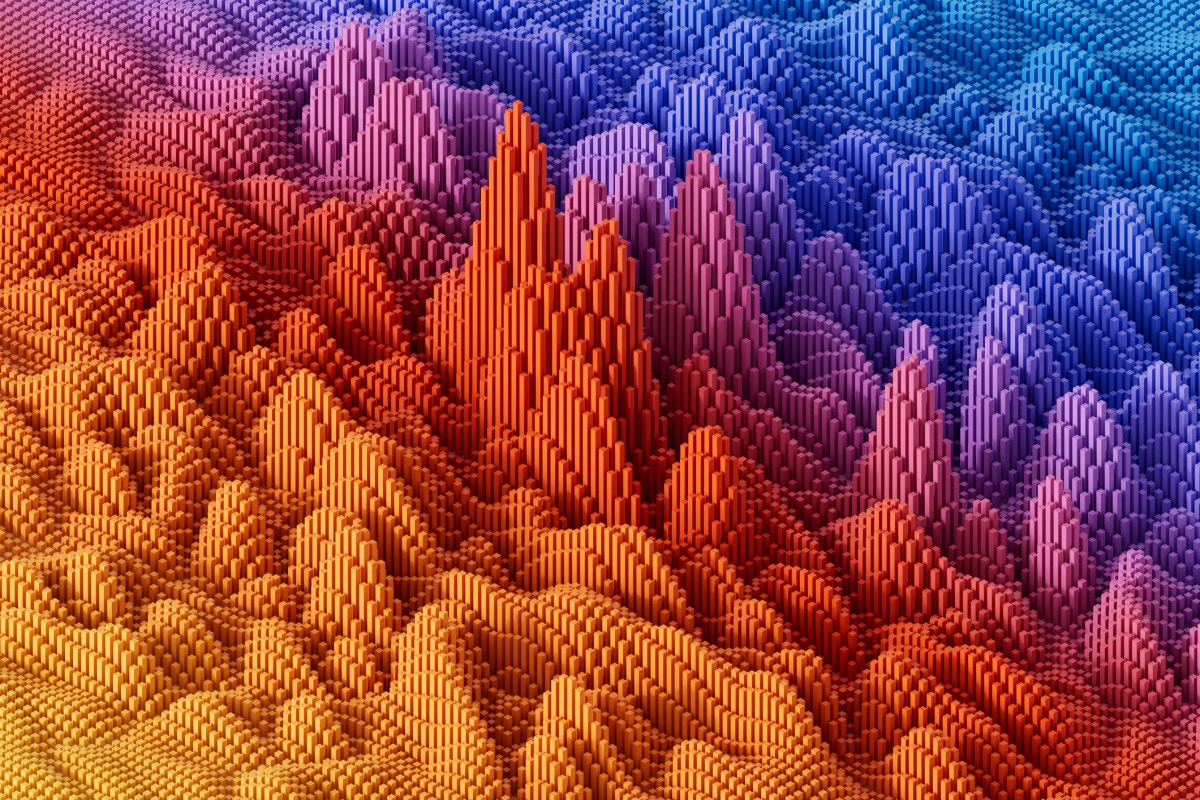There was a deepfake audio robocall featuring President Joe Biden advising voters to hold their vote, while a counterfeit video of Donald Trump interacting with Black voters circulated recently.
The proliferation of AI deepfakes poses a significant challenge during this election season, increasing the likelihood of deception, particularly when inundated with such misleading content on news and social platforms.
A recent study by the University of Aberdeen in Scotland revealed that nearly two-thirds of individuals struggle to differentiate between artificially generated images and voices and authentic ones, underscoring the alarming prevalence of this issue. To safeguard your voting decisions, here are some essential guidelines to follow:
Beware of the Discrepancy Between ‘Viral’ and ‘Verified’ Content
The majority of AI-generated content online is designed to attract clicks on social media rather than being endorsed by reputable news sources. While mainstream publications may occasionally fall victim to misinformation, it is relatively uncommon. While citizen journalism has its merits, it is advisable to rely on established and trustworthy sources, avoiding anonymous accounts lacking credibility.
Before sharing content from unfamiliar sources, especially on platforms like Facebook, conduct thorough research to verify its authenticity.
Seek Corroborating Sources
Although scammers can produce convincing visual or auditory content, they often struggle to replicate the surrounding context. Statements made by prominent figures like Biden or Trump are extensively covered and scrutinized from multiple angles, particularly if contentious. If a piece of information appears isolated to a single source, exercise caution and utilize fact-checking resources such as Google Fact Check Explorer, VerifyThis, or Snopes.
Additionally, conducting keyword searches on search engines and social media platforms like YouTube, TikTok, and Instagram can provide further insights. Employing reverse image searches using critical video segments can also aid in verifying content.
Exercise Caution and Deliberation
Despite time constraints and busy schedules, it is crucial to pause and reflect, especially when encountering emotionally charged content. Deepfakes are often crafted to evoke strong emotional responses, aiming to provoke reactions like anger, sadness, or fear. Pay attention to distinctive mannerisms, as they are as unique as fingerprints. For instance, President Barack Obama’s characteristic head movements and expressions were consistent in his public addresses.
When assessing videos featuring public figures, observe for impersonations or anomalies in behavior that may indicate manipulation.
Utilize an AI Image Verification Checklist
Identifying election-related deepfakes can be challenging due to the abundance of public footage available for replication. However, specific guidelines can aid in distinguishing authentic content from AI-generated material:
- Backgrounds: Anomalies like blurred backgrounds, inconsistent lines, or unrealistic surfaces suggest AI manipulation.
- Context: Evaluate if the setting aligns with the current environment, season, or physical possibilities.
- Proportions: Distorted objects or features, such as ears, fingers, or feet, indicate potential AI alteration.
- Angle: Glitches may emerge when the subject deviates from direct camera alignment.
- Text: Inaccuracies in text on signs or labels may indicate AI involvement.
- Chins: Unnatural movements in the lower face region can be a telltale sign of AI-generated videos.
- Fingers and Hands: Abnormal positions or exaggerated features in hands and fingers may signal manipulation.
Exercise Discretion in Sharing
While some deepfake content may be captivating or amusing, it poses a significant threat to the integrity of elections. Refrain from contributing to the dissemination of misleading content. If you encounter AI-generated material, refrain from sharing it or clearly label it as such to prevent further propagation of deceptive content.
For comprehensive insights into the latest technology trends, tune in to the Kim Komando Show, the leading weekend radio talk show covering various aspects of the digital lifestyle. Visit Kim’s website for daily tips, newsletters, and a wealth of information on smartphones, tablets, online privacy, and cybersecurity.










